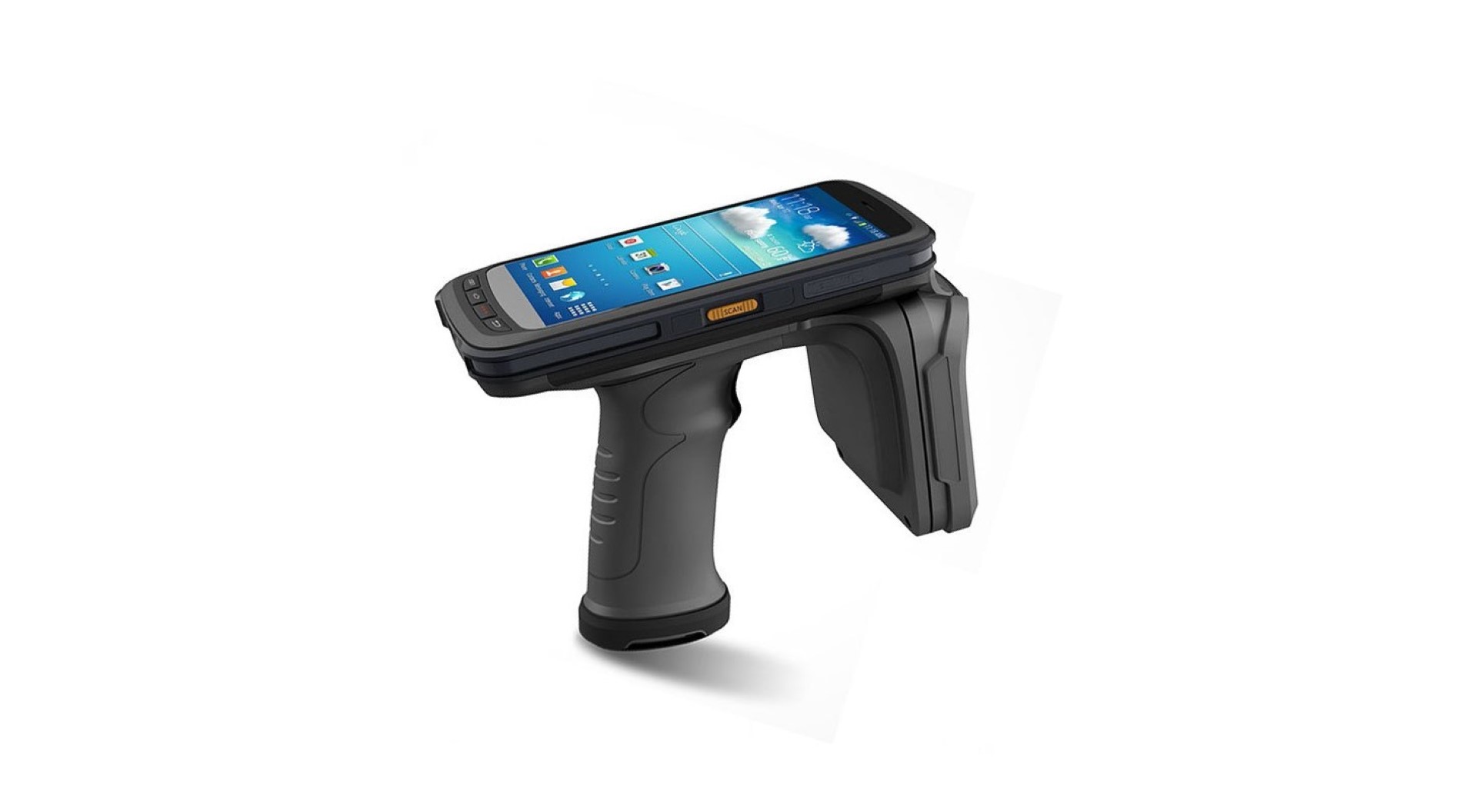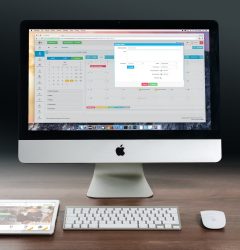
In today’s rapidly evolving business landscape, efficient asset management is the linchpin of success. Traditional methods of asset tracking and management often fall short in terms of accuracy and efficiency. Fortunately, Ultra-High-Frequency (UHF) Radio-Frequency Identification (RFID) technology has emerged as a powerful solution to transform asset management processes. In this blog post, we’ll delve into the world of UHF RFID and explore how it can revolutionize your asset management practices.
What is UHF RFID?
UHF RFID technology is an advanced system that uses radio waves to communicate and identify assets fitted with UHF RFID tags. These tags contain unique identifiers and essential information about each asset, and UHF RFID readers interact with these tags wirelessly.
RFID for Asset Management
- Efficient Inventory Control: UHF RFID tags allow businesses to efficiently track and manage their assets in real-time. Gone are the days of manual counting and the risk of human error – with UHF RFID, you can instantly locate and monitor your assets with unparalleled precision.
- Long-Range Reading: UHF RFID technology boasts an extended read range, making it ideal for large warehouses, manufacturing facilities, and expansive outdoor areas. This long-range capability enables rapid asset identification and reduces the need for close proximity to the reader.
- High-Speed Scanning: UHF RFID readers can scan multiple tags simultaneously at remarkable speeds. This means that asset audits and inventory checks can be completed in a fraction of the time it takes using traditional methods.
- Data Integration: UHF RFID seamlessly integrates with Atracio ERP. This ensures that asset information is always up-to-date, easily identifiable and readily accessible, allowing for informed decision-making.
RFID Deployment Workflow for Asset Management
Here’s a simplified breakdown of how UHF RFID can be employed for asset management:
- Tagging Assets: Each asset is affixed with a unique UHF RFID tag containing asset-specific information.
- Reader Deployment: UHF RFID readers are strategically placed throughout your facility or designated tracking areas.
- Scanning and Data Collection: UHF RFID readers communicate with the tags, collecting asset data in real-time. Multiple assets can be scanned simultaneously, ensuring efficiency.
- Data Integration: Collected data is integrated with your asset management system, providing a centralized repository for asset information.
- Real-time Monitoring: With UHF RFID, you can monitor the movement and status of assets in real-time, allowing for quick response to issues and efficient allocation of resources.
Related Post
Recent Posts
Recent Comments
Categories

Transform your warehouses, fleet, and assets into a strategic advantage rather than an expense.


